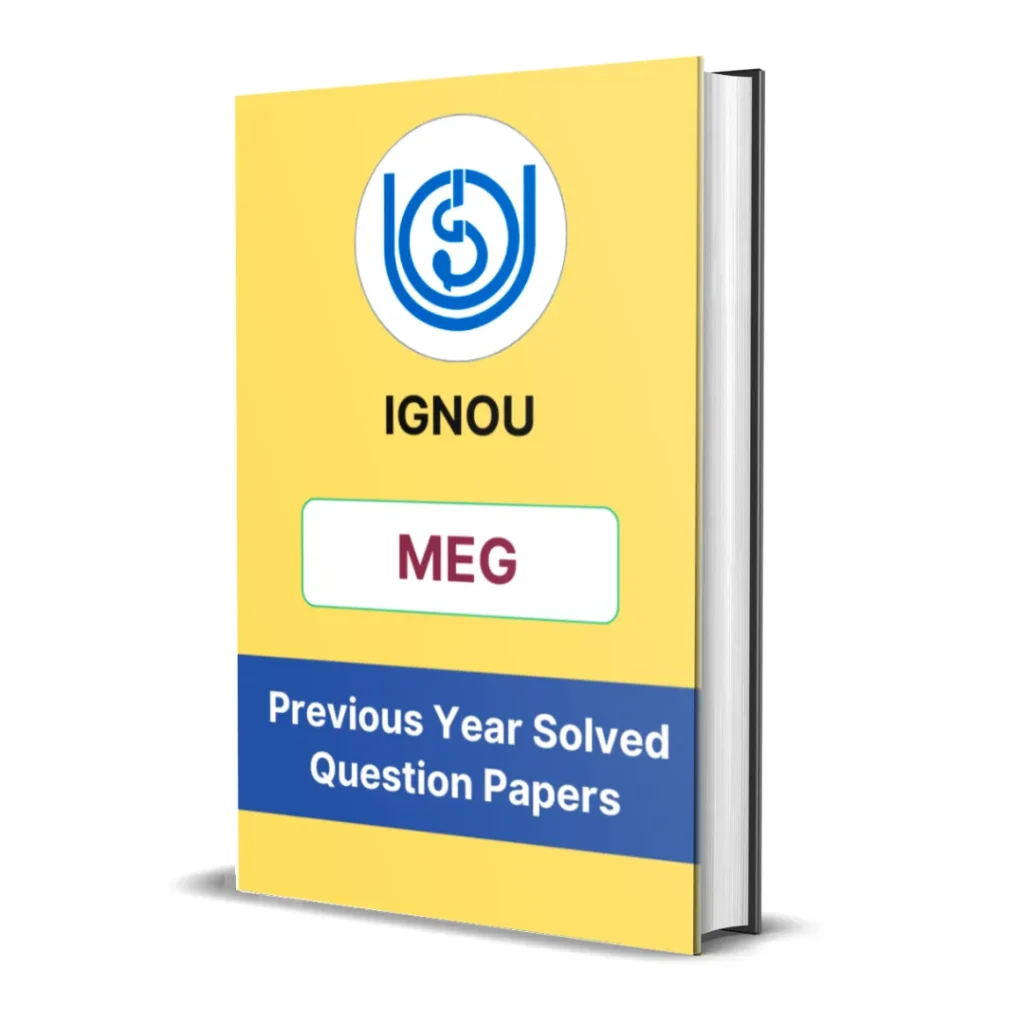MEG-01 Block 10 Summary | Modernist and Postmodernist Poets
- Last Updated On August 13, 2025
Table of Contents
Here you will get the detailed summary of IGNOU MEG 1 Block 10 – Some Modernist and Postmodernist Poets: Dylan Thomas, Philip Larkin & Sylvia Plath.
We have provided the summary of all units starting from unit 48 to unit 52.

Unit 48: Dylan Thomas
This unit introduces Dylan Thomas (1914–1953), a Welsh poet known for his richly lyrical, emotionally intense, and highly musical poetry. Although often associated with Romanticism for his passion and imagination, Thomas also absorbed modernist experimentation in structure and form. His work is not overtly political or social; instead, it explores birth, death, nature, memory, and the mystical aspects of existence.
Key poems like “Do Not Go Gentle into That Good Night” and “Fern Hill” are discussed in detail. The former is a villanelle urging defiance in the face of death, while the latter is a nostalgic meditation on childhood and the passage of time. Thomas uses complex sound patterns, surreal imagery, and biblical and natural symbolism to heighten emotional resonance.
The unit highlights how Thomas’s poetry, despite being dense and sometimes obscure, invites deep feeling and reflection, offering a voice both personal and universal. His language is sensuous and celebratory, affirming life even in its fragility. He stands as a transitional figure—both rooted in tradition and uniquely modern in his poetic vision.

Unit 49: Philip Larkin and Movement Poetry
This unit focuses on Philip Larkin (1922–1985), a leading figure of The Movement, a group of 1950s British poets who rejected high modernist obscurity in favor of clarity, rationalism, and formal restraint. Larkin’s poetry is known for its ironic tone, bleak realism, and conversational style, offering candid observations on everyday British life, mortality, and human disappointment.
The unit discusses key poems such as “Church Going”, “The Whitsun Weddings”, and “Aubade”, illustrating Larkin’s recurring themes:
-
The emptiness of modern life,
-
The fear of death and aging,
-
Disillusionment with institutions like religion and marriage,
-
A melancholic awareness of lost opportunities and emotional distance.
Larkin’s tone is often pessimistic, but his precision and honesty make his poems powerfully moving. His skepticism, however, is never cynical for its own sake; it stems from a deep concern for truth and the human condition. The unit also places Larkin within the broader context of post-war English poetry, where his anti-heroic, understated voice became widely influential.

Unit 50: Sylvia Plath and Confessional Poetry
This unit examines Sylvia Plath (1932–1963) as a key figure in Confessional Poetry, a genre that foregrounds intimate personal experience, especially involving psychological trauma, identity, depression, and gender struggles. Her poetry is often autobiographical, drawing on her battles with mental illness, motherhood, marriage, and emotional isolation.
The unit closely analyses poems such as “Lady Lazarus”, “Daddy”, and “Ariel”, exploring how Plath uses metaphor, shocking imagery, and fragmented narrative to portray inner conflict. Her work is marked by intensity, transformation, and defiance, often dramatizing the speaker’s emotional and existential crises.
Plath’s poetic persona—sometimes victim, sometimes aggressor—is deliberately provocative. She challenges conventional notions of femininity, family, and sanity. The unit shows how her work opened new spaces for female voice and vulnerability in poetry, leaving a lasting impact on both feminist literature and the poetic tradition at large.
Unit 51: So! Now! What is Poetry? Once Again: A Symposium
This unique unit breaks from analysis of individual poets and takes the form of a symposium—a composite discussion or reflective inquiry into the nature, role, and evolution of poetry itself. It brings together diverse viewpoints to ask key questions:
-
What defines poetry in the modern and postmodern age?
-
Has poetry lost its social function or cultural authority?
-
Should poetry remain lyrical and personal, or become political and performative?
The symposium invites readers to revisit the earlier poets studied in the course—from Chaucer to Plath—and reflect on how the function of poetry has changed over time. It also questions whether form, rhythm, and beauty still matter in contemporary verse or whether content and voice take precedence in an age of digital expression and cultural fragmentation.
This unit encourages students to see poetry not as a static form but as a living, evolving mode of engagement with self, society, and language.

Unit 52: Essays and Evaluations
The final unit offers a collection of critical essays, evaluations, and thematic syntheses based on the poets and movements covered across all blocks of MEG 1. It functions as a reflective end to the course and helps consolidate student understanding by:
-
Revisiting key literary trends from the Medieval to Postmodern periods,
-
Highlighting shifts in poetic form, style, voice, and function,
-
Evaluating how poetry responds to changing historical, political, spiritual, and psychological realities.
The unit may also discuss intertextual connections—how poets like Eliot respond to Shakespeare or how Plath’s confessional tone contrasts with the mysticism of Blake. By offering critical perspectives and comparative insights, the unit strengthens students’ analytical skills and prepares them for exams and academic writing.